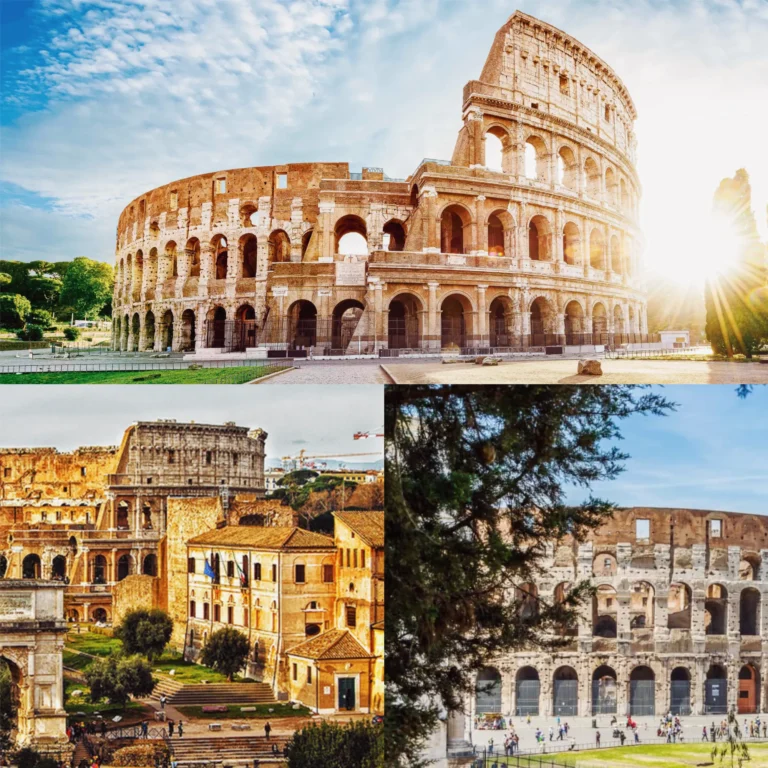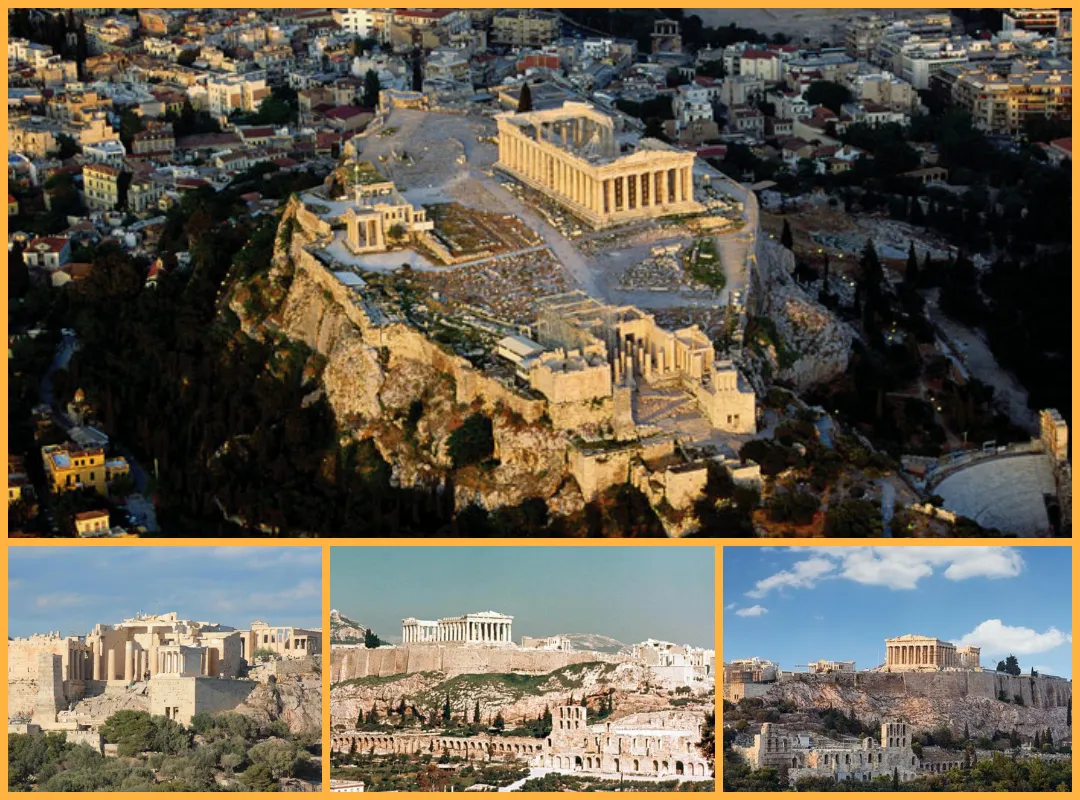
#Acropolis – World Cultural Heritage recognized by UNESCO
In 1987, the Acropolis of Athens, Greece was recognized as a World Cultural Heritage by the United Nations Educational, Scientific and Cultural Organization (UNESCO). The Acropolis has long been an eternal symbol of ancient Greek civilization, providing insight into the history and art of a glorious period.
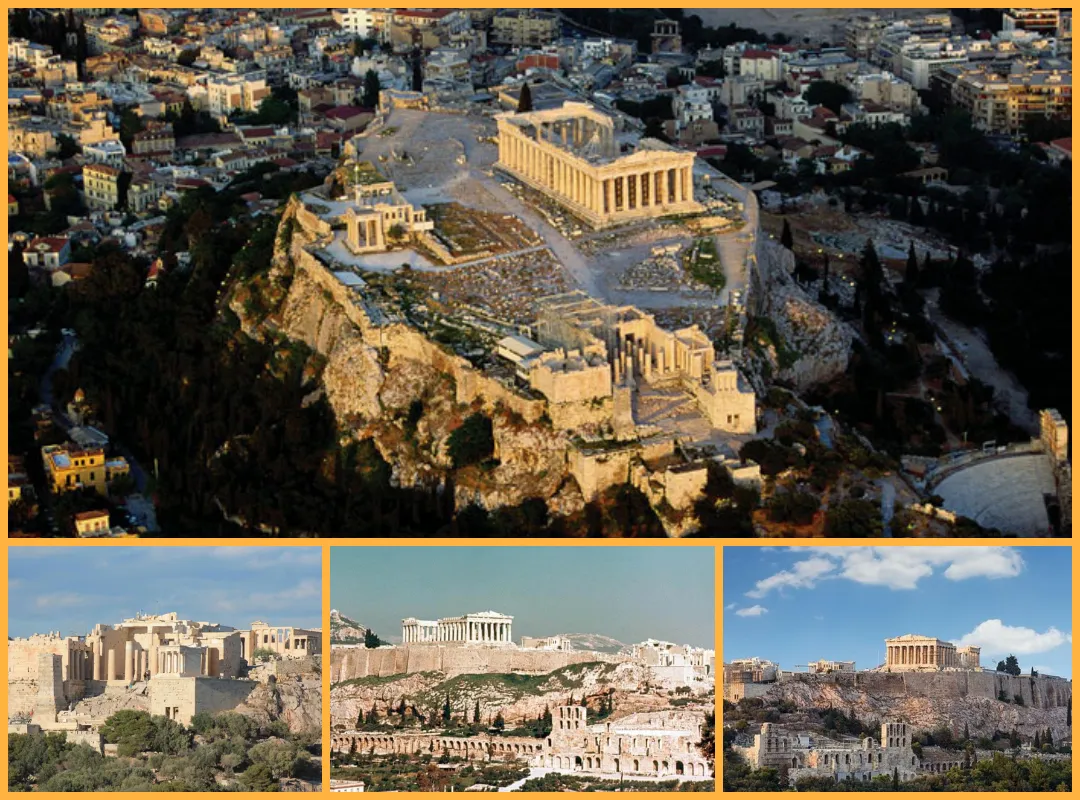
#The meaning and history of the Acropolis
Acropolis in Greek means “defensive citadel”. In ancient times, every Greek city had a fortified acropolis for people to seek refuge and protection when attacked. However, the Acropolis in Athens is the most prominent, and today when mentioning the acropolis, people often think of the Acropolis of Athens. Located 150 meters above sea level, the area is also known as Cecropia, after the legendary first king of Athena.
#The Acropolis – A Panorama of Greek Civilization
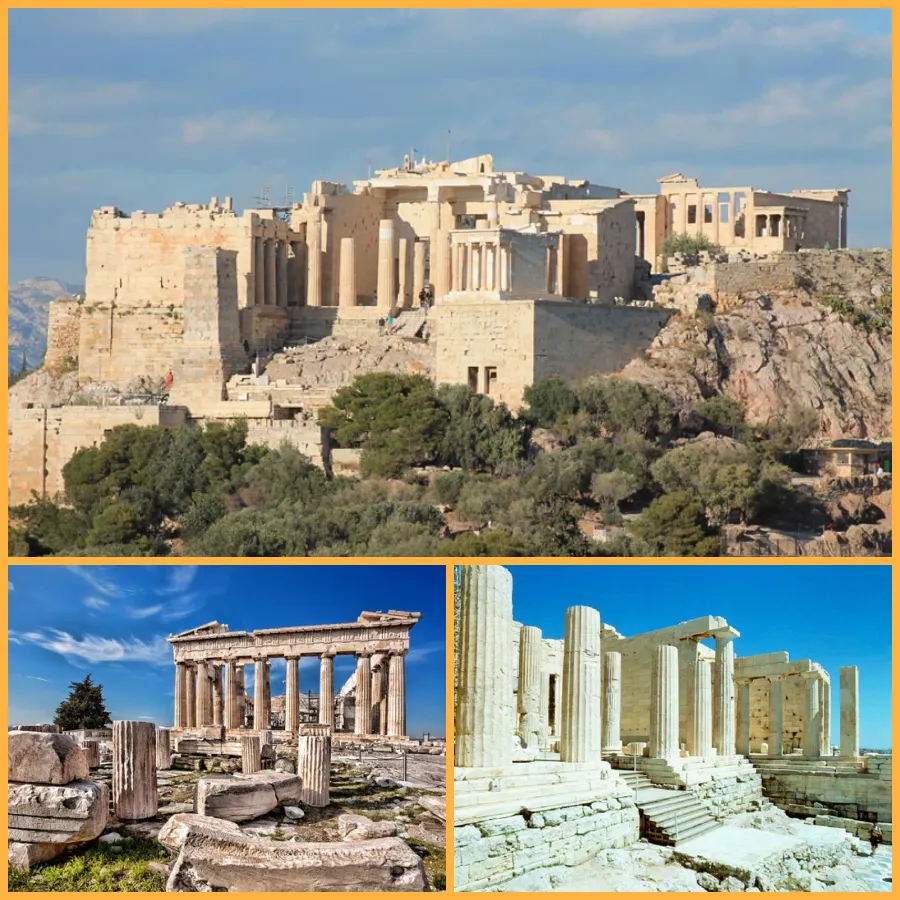
The Acropolis is the most prominent monument of ancient Greek civilization. In 490 BC, the Athenians began building the foundations of the Acropolis to worship the goddess Athena Parthenos, but this structure was destroyed by the Persians after 10 years. 30 years later, Pericles initiated the reconstruction of the Acropolis on a grand scale, giving it its current appearance.
#Notable structures in the Acropolis
1. Propylaea Gate

The Propylaea Gate, from the Greek word “Propylaia” meaning “entrance gate”, was built of white marble, gray marble and limestone. With its two wings to the north and south, the archway feels like it is welcoming visitors. The central building of the gate has intricately carved marble blocks and is decorated with blue and gold motifs.
2. Erechtheion Temple
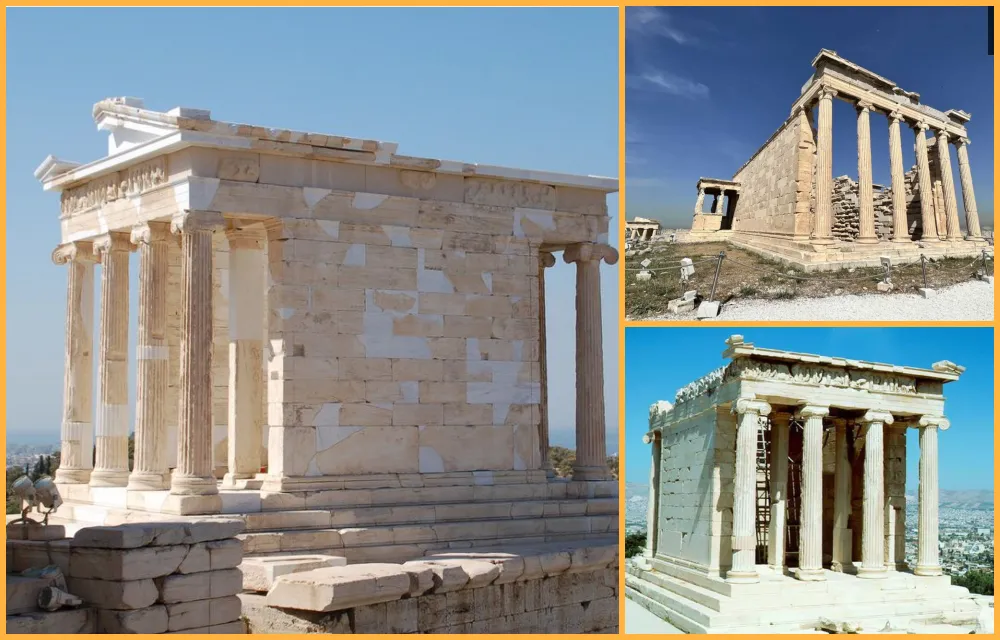
The Erechtheion Temple is a unique architectural work with an asymmetrical design, consisting of three almost independent parts with three separate roofs. The architecture of the temple creates an impressive work, considered a masterpiece of ancient Greek art.
3. Temple of Athena Nike
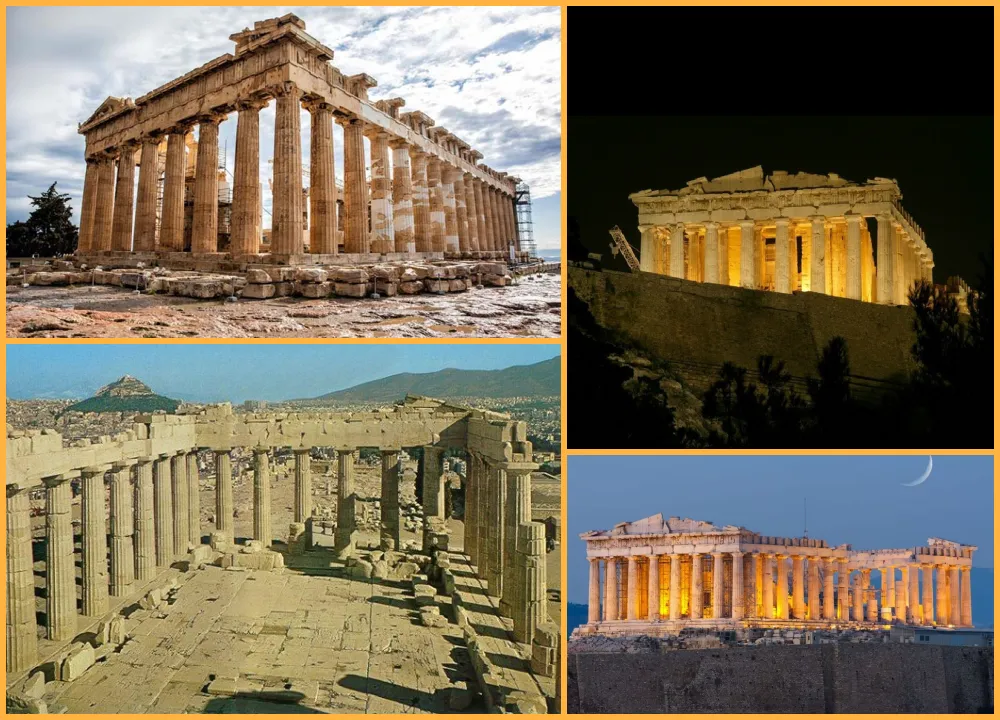
The Temple of Athena Nike is built from marble and is compact in size, located at the tip of a precarious rock where the goddess Athena is worshiped. This is a typical example of classical Greek architecture with sophistication in every detail.
4. Parthenon Temple
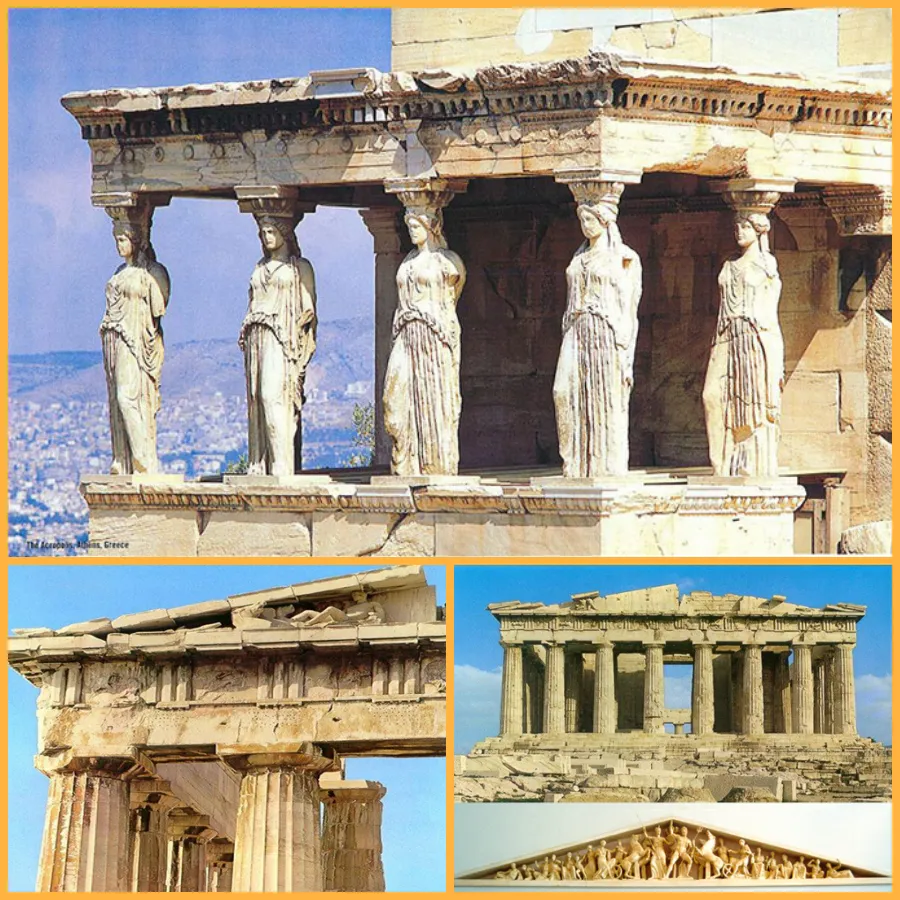
The Parthenon Temple, considered the most beautiful architectural work of ancient Greece, is a masterpiece not only of Greece but also of the whole world. Built from Pentelic marble and Cypress wood, the Parthenon is notable for its distinctive Doric columns and reliefs depicting historical and mythological events. The statue of Athena, crafted from gold and ivory by the architect Phidias, no longer exists, but the carvings on the columns and walls are still symbols of the art of carving.
Other architectural works
In addition to the main works, the Acropolis also has other important monuments such as the Theatre of Dionysos – the oldest surviving theater in Greece, the Odeon Theater and the Eumen Arch.
#Global cultural heritage
Today, the Acropolis is not only one of the most prominent architectural works of Greece but also a global symbol of ancient civilization. The Acropolis is the pride of humanity, recalling a golden age and the great creativity of ancient Greek civilization.


